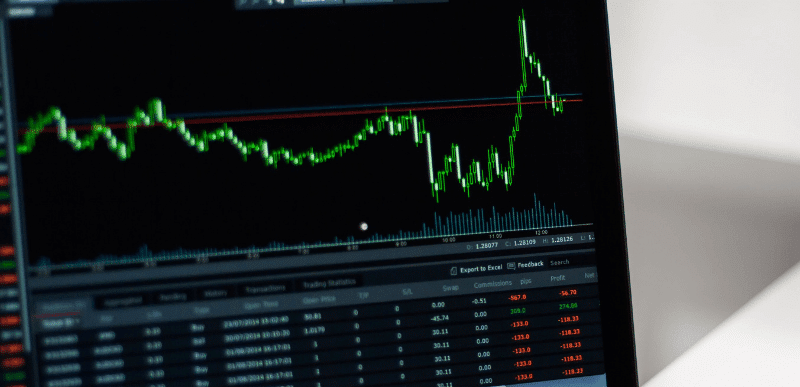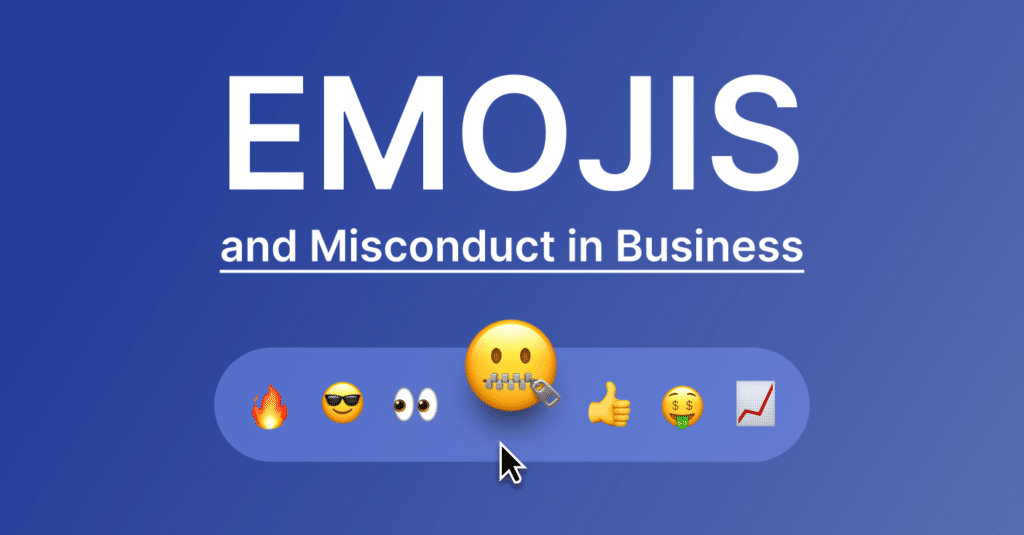Both Communications and Market Data Analysis Crucial to Effective Compliance Investigations

Rigorous Review Requires a Full Picture
Traders are sophisticated, and they can find creative ways of working the system. Over the decades, unscrupulous financial professionals have colluded to buy and sell securities and commodities according to strategies carefully crafted to manipulate market prices. New technologies have made market manipulation more accessible – and less detectable – than ever before. As a result, compliance officers are facing increasingly data-driven investigation requirements.
Consider an example: a small group of traders decides to get together and attempt to raise the price of Google’s stock. They may launch a social media or other publicity campaigns to circulate rumors directed at driving up the price of Google’s stock; for example, that the company was on the verge of a new breakthrough that improved its foundational search technology. Alternatively, they may decide to use automated trading software to ramp up the trading volume to bring attention to GOOG and artificially inflate demand. Likewise, they may conspire to drive the stock price down through stock bashing schemes or collusive trading designed to deflate the market price.

Ramping up trading volume
Effective compliance investigations require a complete view of all relevant facts, and there is any number of ways unsavory traders can manipulate financial markets using modern technology. As a result, in today’s markets, effective compliance enforcement systems collect and analyze not only electronic communications but also relevant transaction and market data on a historical or intraday basis.
Improvements in Compliance Data Boost Enforcement Effectiveness
Most regulated financial firms run sophisticated compliance monitoring systems that flag events that could amount to violations of applicable regulations. In most circumstances, when a compliance officer receives a red flag from the monitoring software, his or her first response is to review all of the communications the traders had regarding the suspicious transaction. From there, most systems require compliance officers to then shift to another platform to see all of the orders performed contemporaneously with the trade.
As simple as this process may seem to the uninformed observer, the fact of the matter is that large compliance departments receive thousands of potential noncompliance alerts every day. In order to streamline the data analysis that must support any rigorous compliance investigation, companies should shift to enterprise software solutions that display all trade-related electronic communications on a timeline and connect all relevant trade and order data. This is the only way compliance officers can get the whole picture – both regarding the traders’ intentions and the larger financial context – of a potential regulatory violation.
Follow Shield on LinkedIn for more exclusive content
Trade Data Proves Crucial in Effective Investigations
Market manipulation can be hard to detect, particularly because in some circumstances it is only evidenced by careful scrutiny of trade-related data. For example, when most traders are considering a purchase or sale of stock, they will look at the prevailing prices, which are the “bid and ask” or “bid and offers” prices. The difference between these two figures is called the bid/ask spread. In a very efficient market, this spread will be minimal – the difference between the buy and sell price will be very close. Detecting variations in the bid/ask spread may indicate market manipulation that would otherwise be undetectable through other means.
Consider the importance of information collected from a typical order book, which is used for limit orders. Whereas market orders are placed and executed near-instantaneously, a trader places a limit order when he or she wants to buy or sell a security at a price other than the current market price. The limit order is recorded in an order book. Except in certain futures markets, this order book – which is sometimes also referred to as Market Depth or L2 Market Data – functions as a first-in, first-out ledger. Orders are placed at the limit price set by the trader, and the quantity shown is the aggregated quantity of all the limit orders in the queue at this price. A careful review of the order book is necessary in some cases, such as when traders attempt to manipulate markets through spoofing or layering techniques.
Compliance technology has grown incredibly sophisticated. Once machine learning software collects sufficient data, artificial intelligence solutions can detect market manipulations to an incredible degree of sensitivity. This saves compliance officers from the mundane work of analyzing thousands of possible data points and select what is relevant for a compliance investigation and what is not. Advanced AI solutions with neuro-linguistic programming can even predict a trader’s intention to commit market manipulation, adding yet another of security on an increasingly sophisticated technology-driven compliance environment.
Related Articles

Redefining Compliance: Advanced features of Digital Communications Governance solutions
Subscribe to Shield’s Newsletter
Capture everything. Deploy anywhere. Store in one place.


